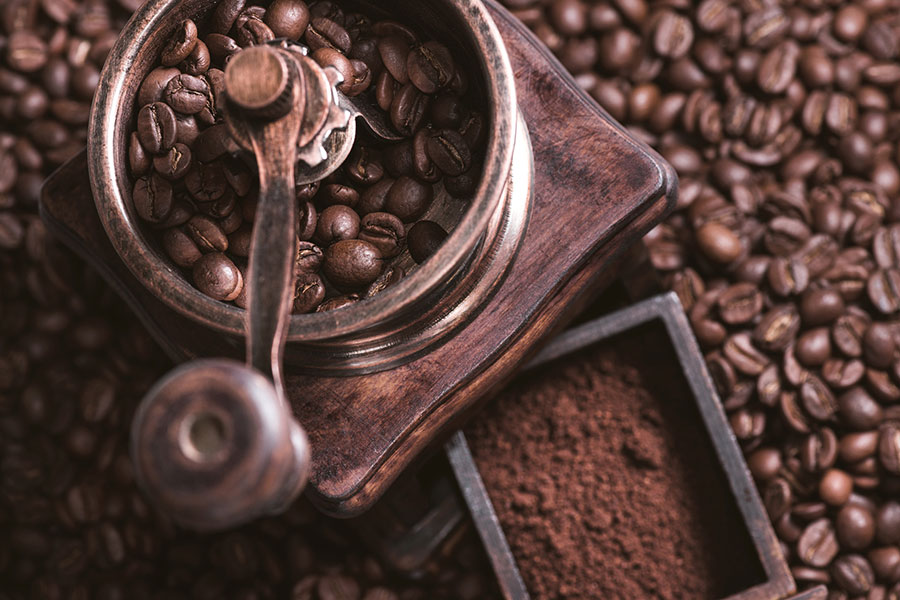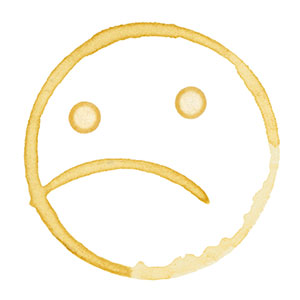It's easy - it just takes time
(Spoiler alert: the secret is patience.)
A common misconception about cold brew coffee is that you just stash a pot of hot drip coffee in the fridge or pour it over ice. Simple, right?
Brewing great cold coffee is simple, but it’s not quick. Yet it’s worth the wait, says Heena Mak (Culinary Arts '14), co-owner at south Edmonton’s Brown Butter Café, well known for its unique drink offerings.
“Cold brews make you feel good, especially on a hot day,” she says. “It’s refreshing, light and it tastes good.”
Cold brew coffee is not new – in fact, it might date back over 400 years, with both Dutch and Japanese connections – but the drink has been gaining popularity.
At Brown Butter, you'll find classic black cold brew coffee, a cold brew sour, or peach swizzle coffee, as well as lemon, milky or prickly pear cold brew teas. You can experiment and get fancy, too. To help, here are Mak’s tips on making a tasty, basic cold brew – the perfect boost on a hot summer day.
Or, rather, a couple of summer days from when you start your brew.
How to make cold brew coffee
“Cold brew is not a quick process,” says Mak. “To make it, you have to be patient, and I think that’s why it’s so special. Anything that cheats the process means you’re not brewing it correctly.”
While typical hot coffee is brewed quickly in hot water, cold brew is brewed in cold water (from the kitchen tap is just fine) for at least two days, or longer for stronger flavour. The cold water extracts flavours in the coffee grounds differently, and you’ll often get a lighter, smoother and less bitter taste compared to its hot counterpart.
Basically, you just let coffee grounds sit in a container of water at a ratio of one part coffee to 10 parts water. Like this:
Ingredients
- 1L cold water
- 100g coffee
- Jug or plastic container with fine cheesecloth, or a cold brew kit (Mak recommends Hario cold brew pot)
Method
- Fill your container with cold water.
- Grind your coffee and stir it into the water.
- Keep in the fridge for 48 to 72 hours.
- Drain well with fine cheesecloth.
- Enjoy served with ice, some sweetener and milk, or whatever you like!
Cold brew can keep up to seven days.
Pro cold brew tips

Grind your own beans. Although you could use pre-ground coffee to make cold brew, Mak recommends buying whole coffee beans and grinding them before adding to cold water. “It’s fresher that way, and keeps the flavour most intact.”
Add additional flavours after you brew, not during. The actual brewing should be very simple. Syrups, spices, sugar and other extra ingredients (including ice) should come only after those 48 to 72 hours. This way, you have the option of having it black, which is delicious, or getting creative one cup at a time.
Mix and match coffees. Mak says any coffee works as a cold brew. If you wanted to get fancy, you could even mix different coffees to get a unique blend.
Try a cold brew tea. Cold brew tea is made the same way as cold brew coffee, however the ratio of tea to water will vary depending on what tea you’re using and what strength you want that flavour to be. Mak encourages you to experiment.
Consider using a cold brew kit. The popularity of cold brew means there’s some cold brew specific brew kits that can make the process simpler. Mak recommends the Hario cold brew coffee pot, which has a built-in strainer.
Common DIY cold brew mistakes
- Trying to make cold brew by brewing hot coffee and pouring it over ice. This is quick, but won’t give you the same flavour as a true cold brew. Mak says this method
 also doesn’t store well, and often oxidizes quicker, which means it isn’t long before it starts to taste bad.
also doesn’t store well, and often oxidizes quicker, which means it isn’t long before it starts to taste bad.
- Using a blender to make a faster cold brew. According to Mak, to make a true cold brew, no blending is required. Sometimes, people use a blender thinking this will speed up the cold brew process but a true cold brew needs time to brew.
- Not properly straining coffee after brewing. The right equipment is essential. If you don’t have a cold brew kit, which generally includes an apparatus that easily separates the coffee grounds from the rest of the drink after brewing is completed, you’ll need a mesh as fine as cheesecloth. A regular strainer will not work.
Banner image creacart/istockphoto.com